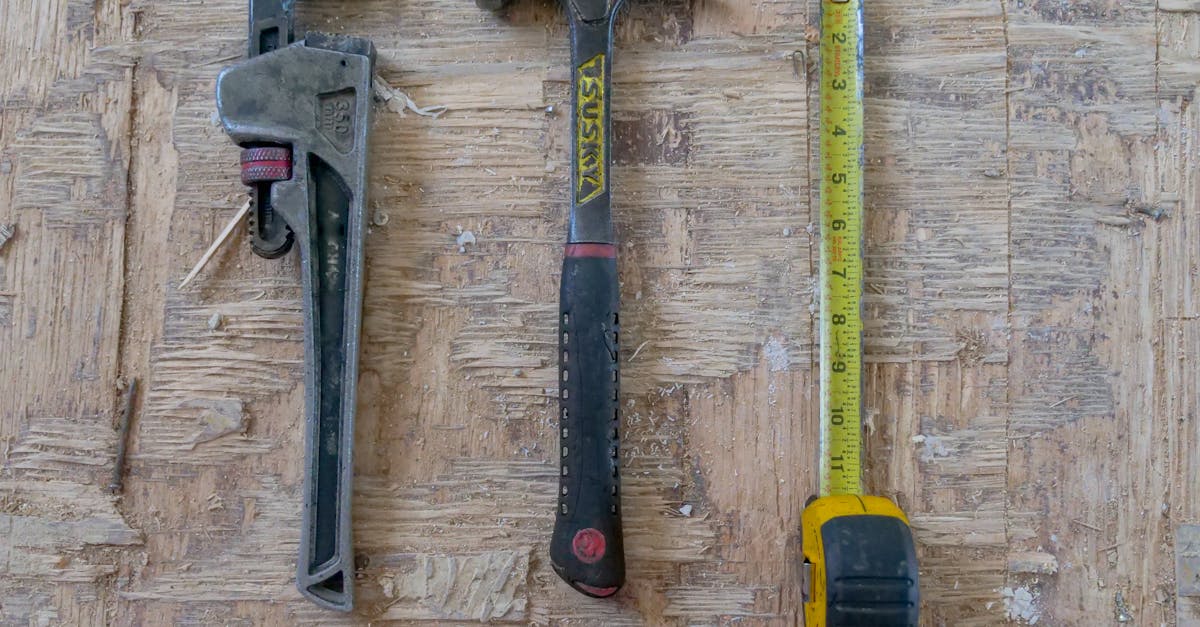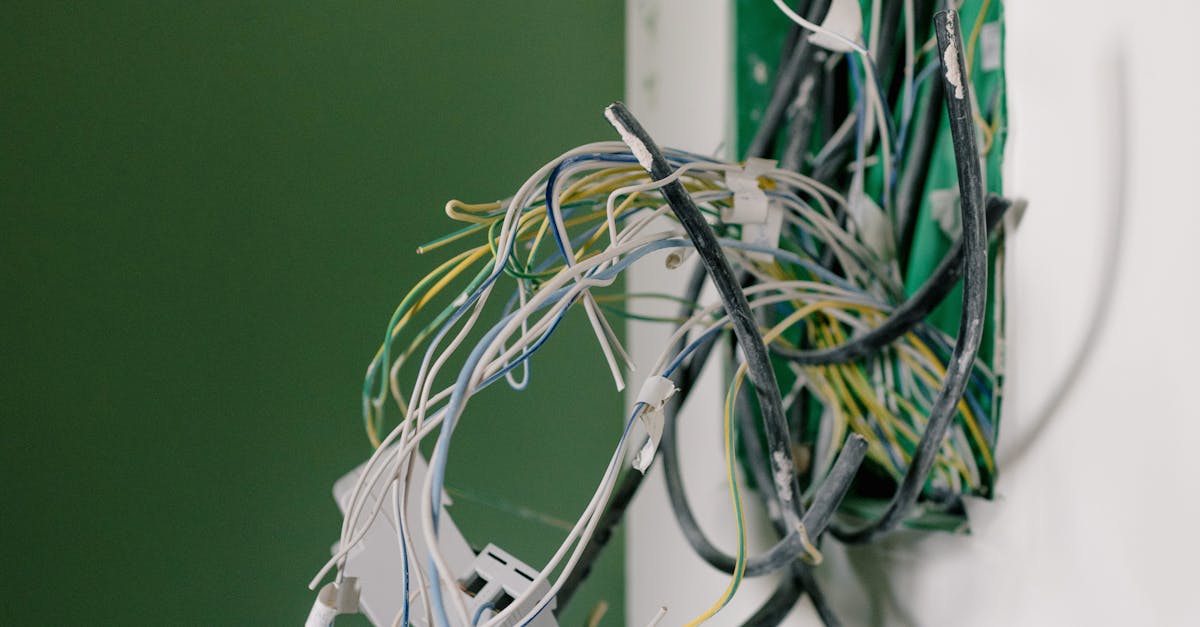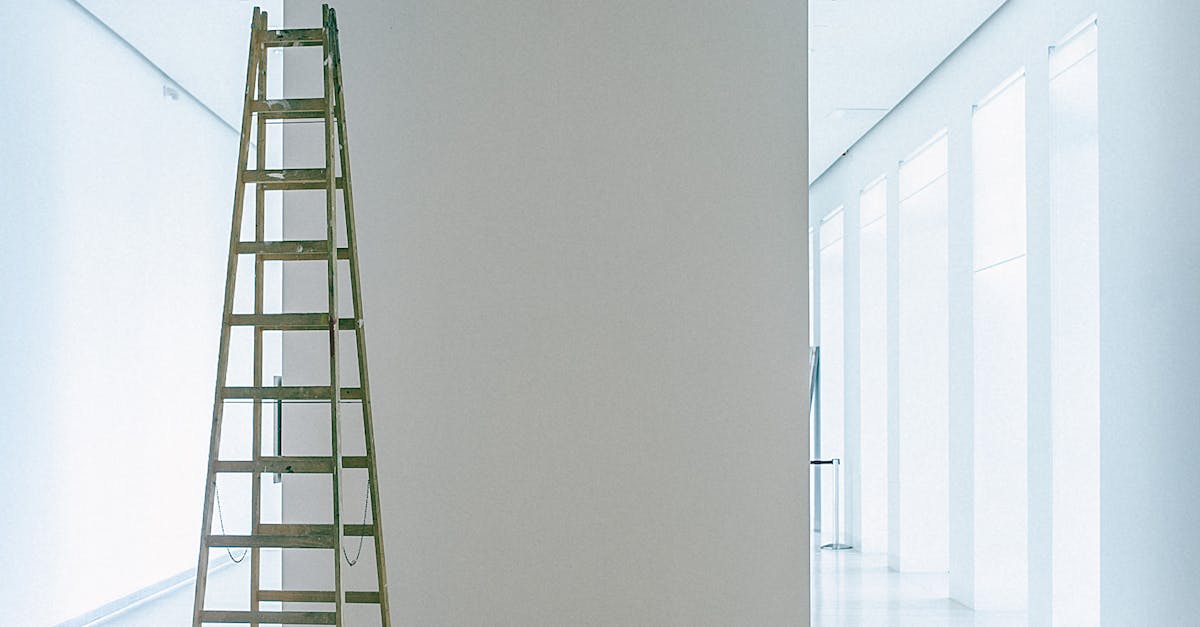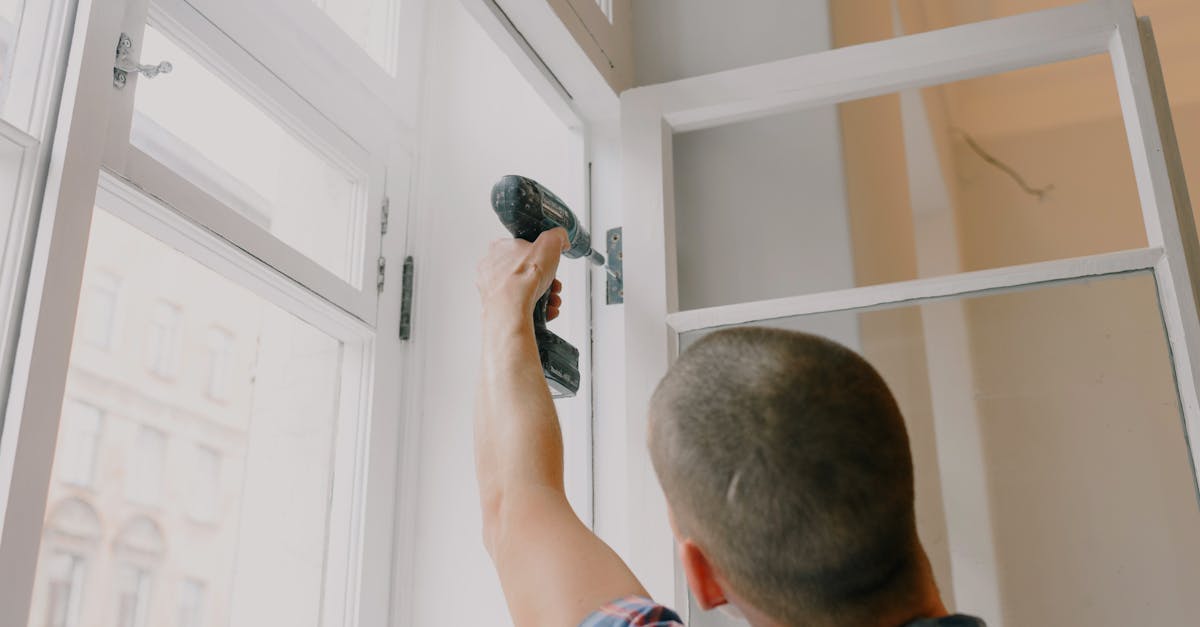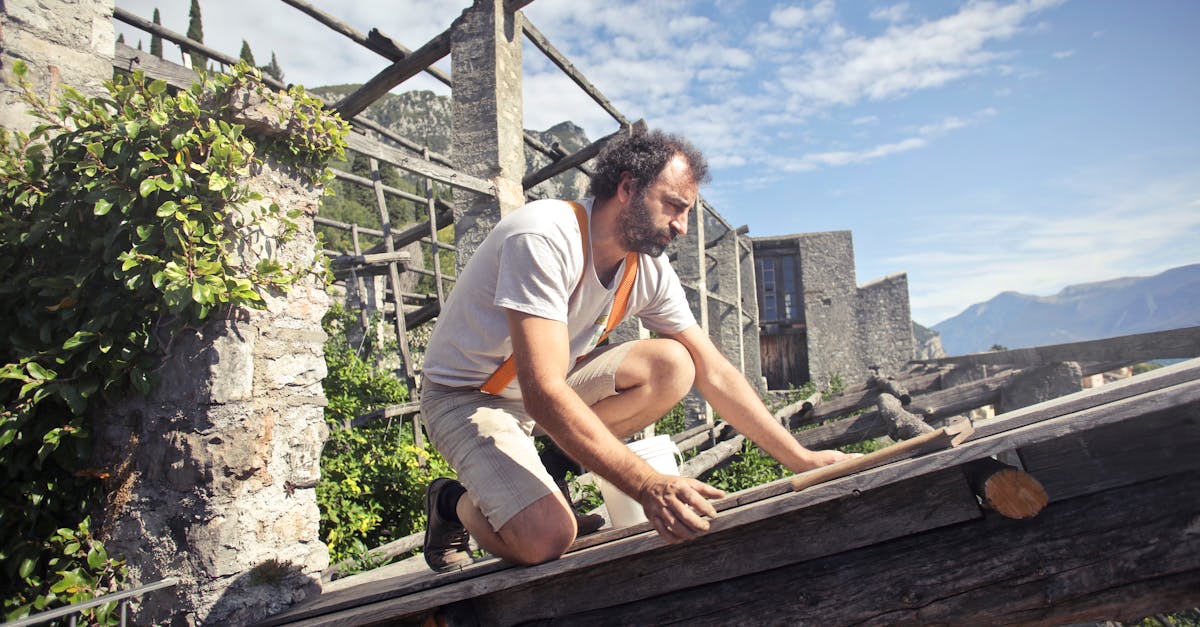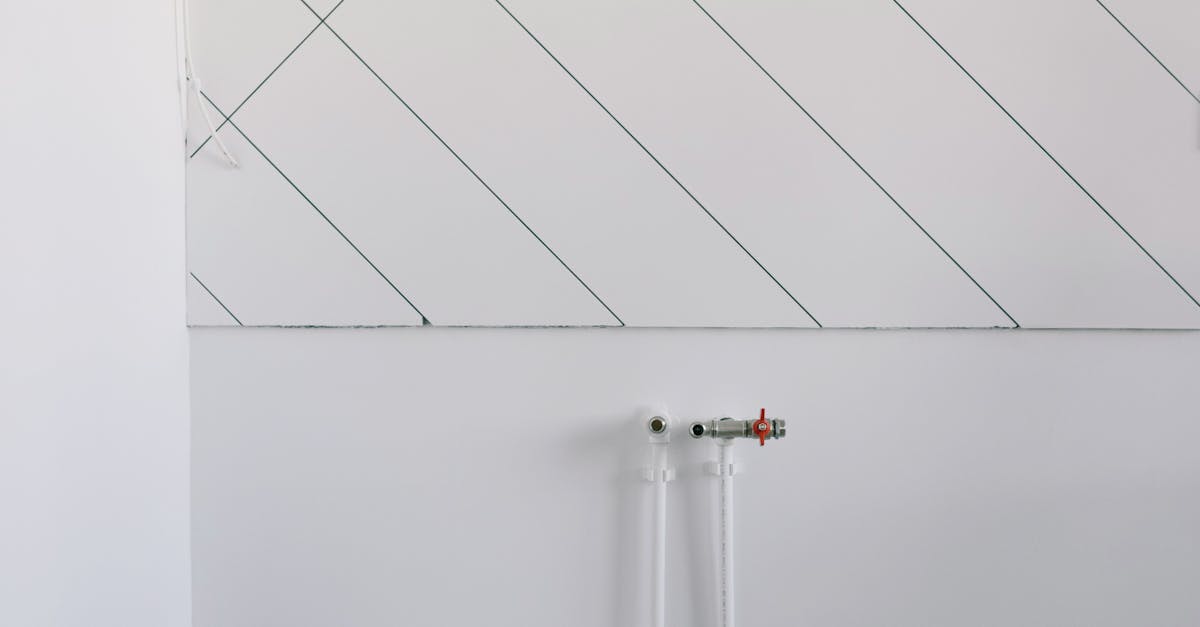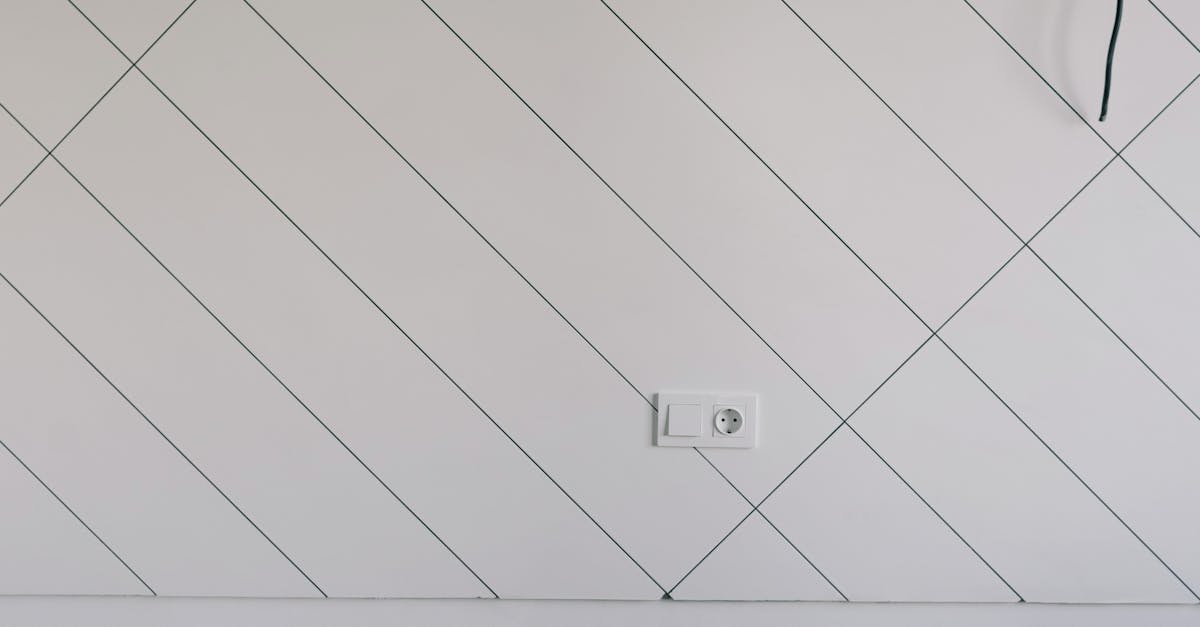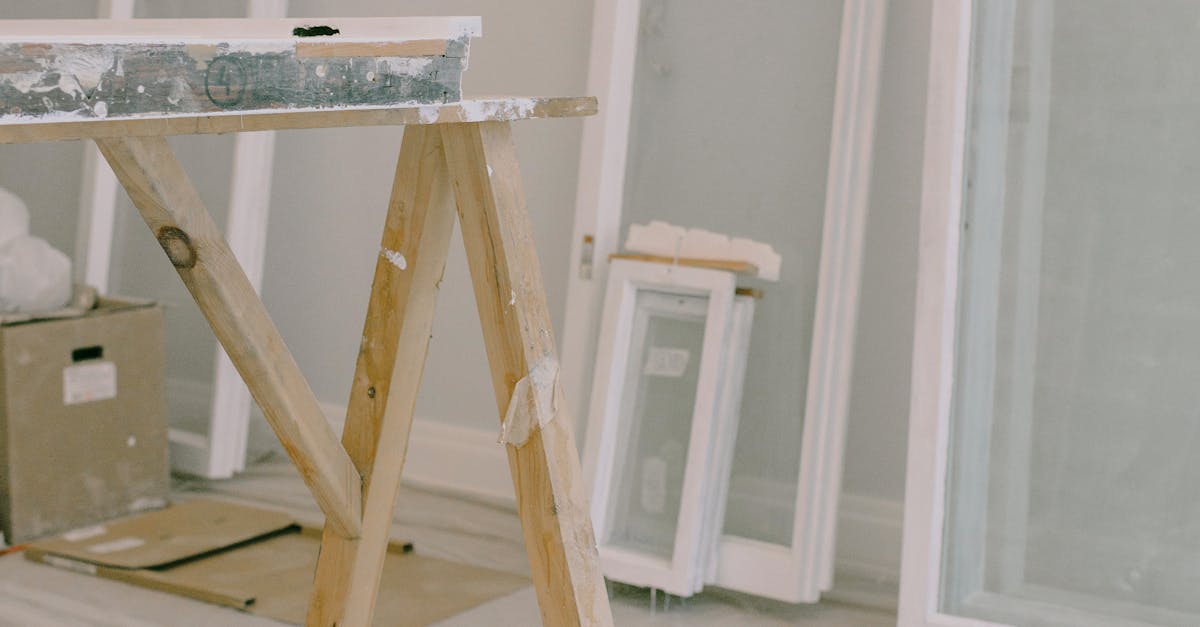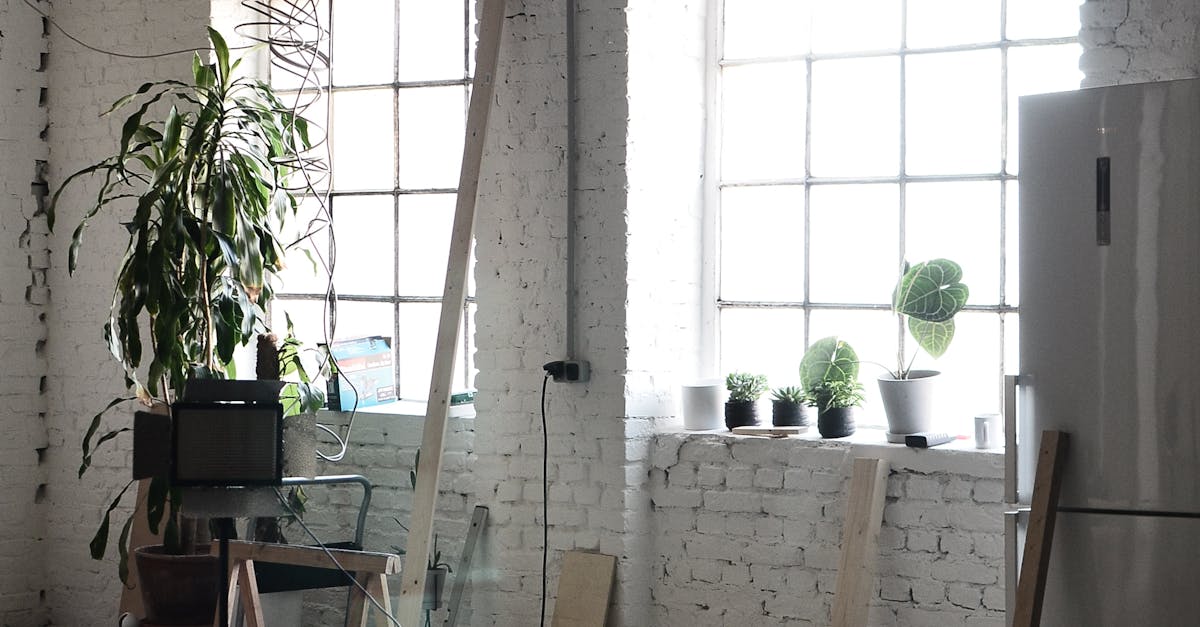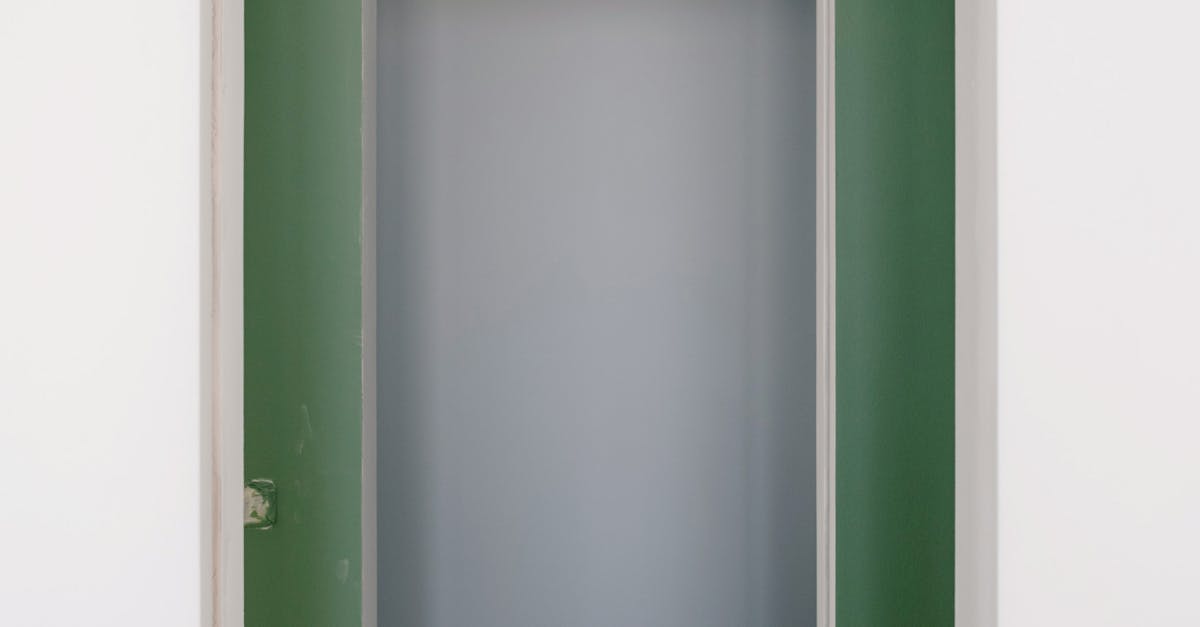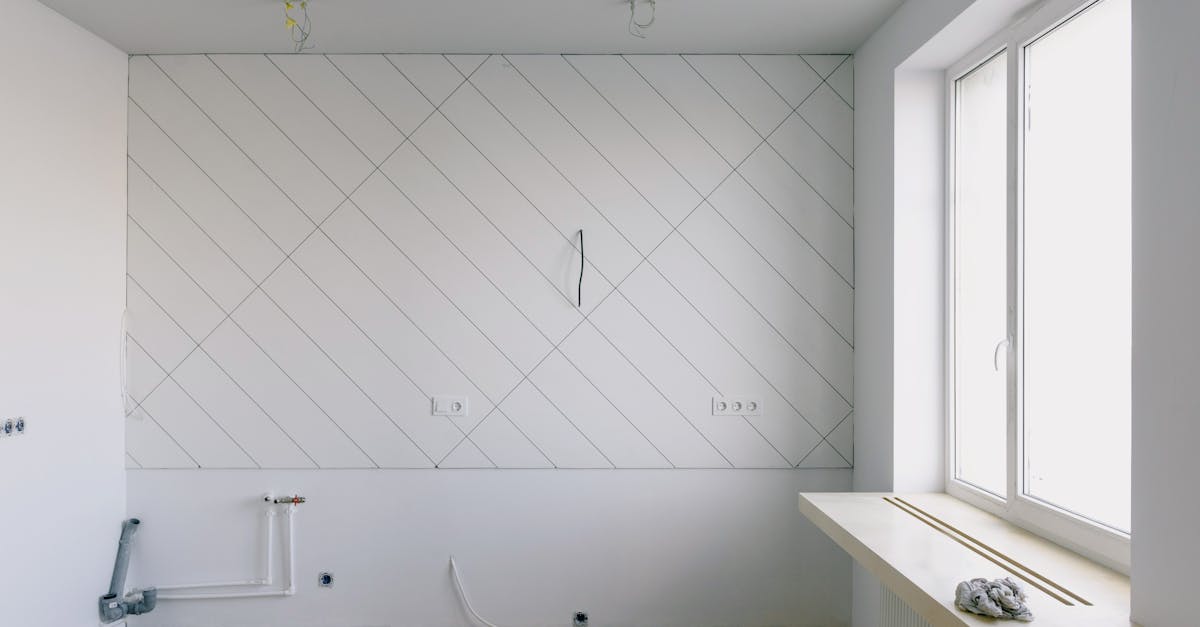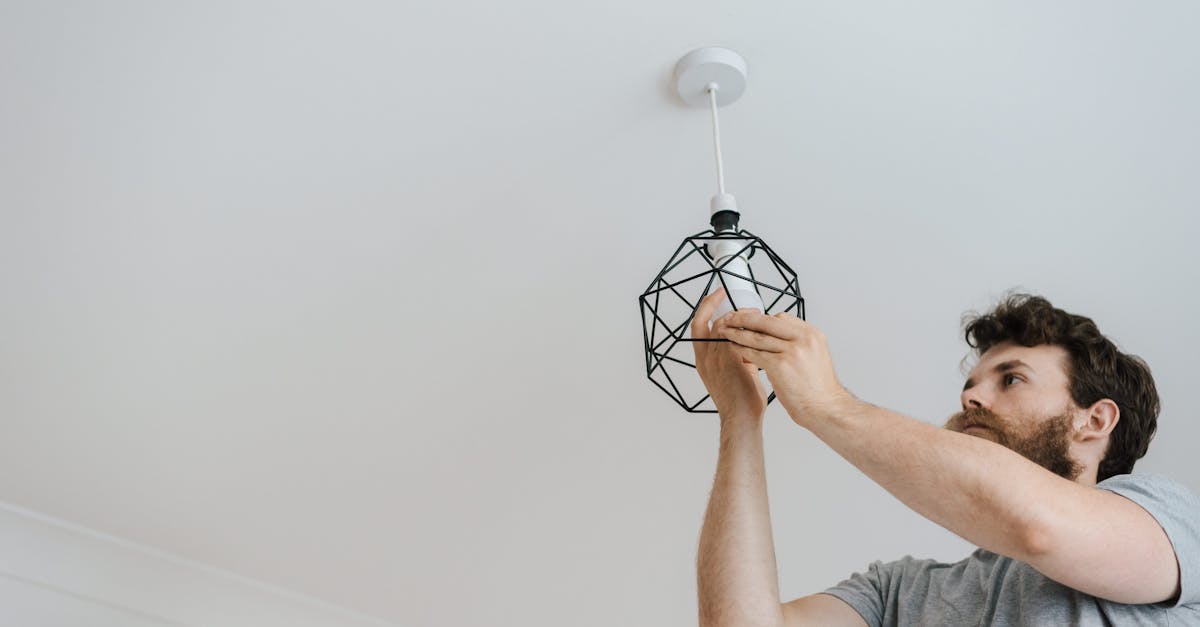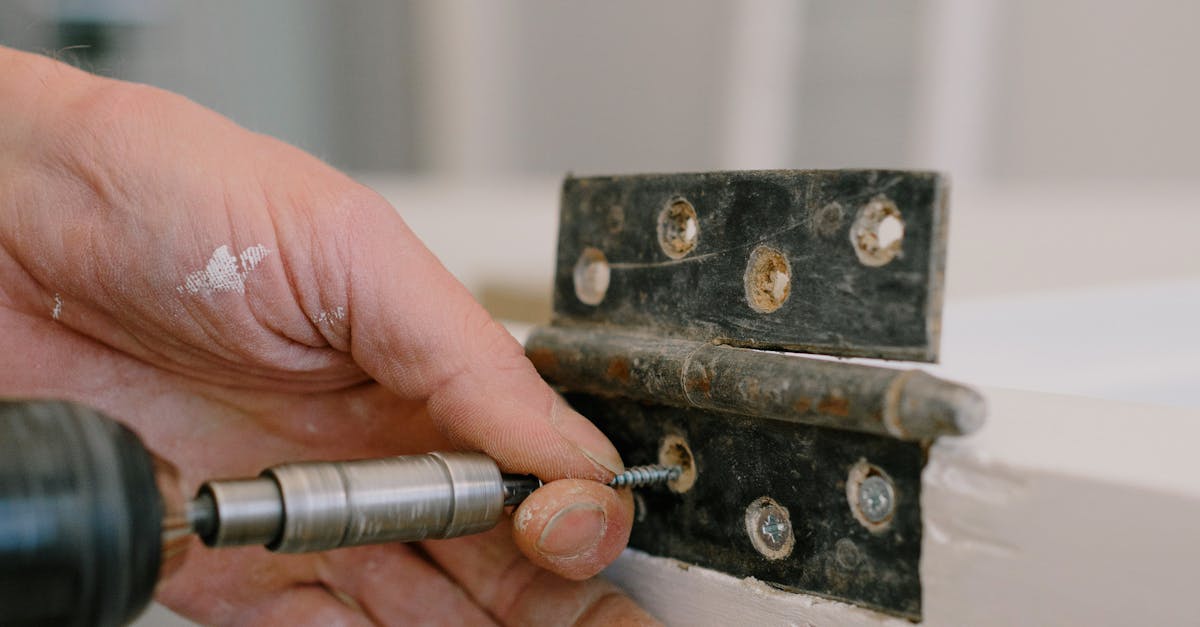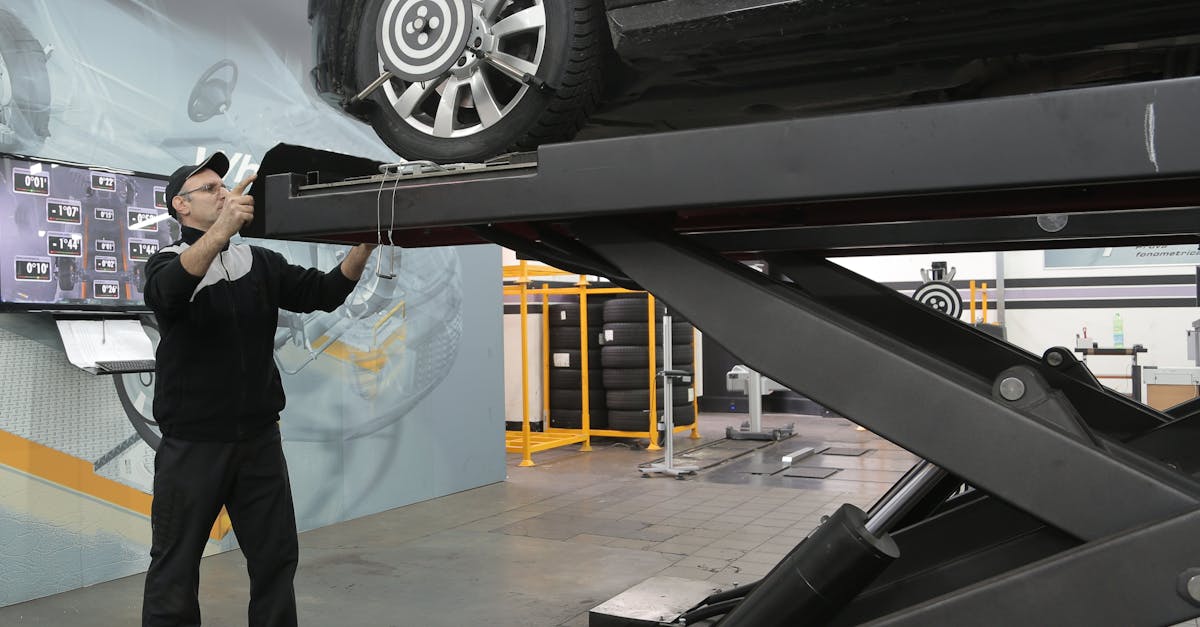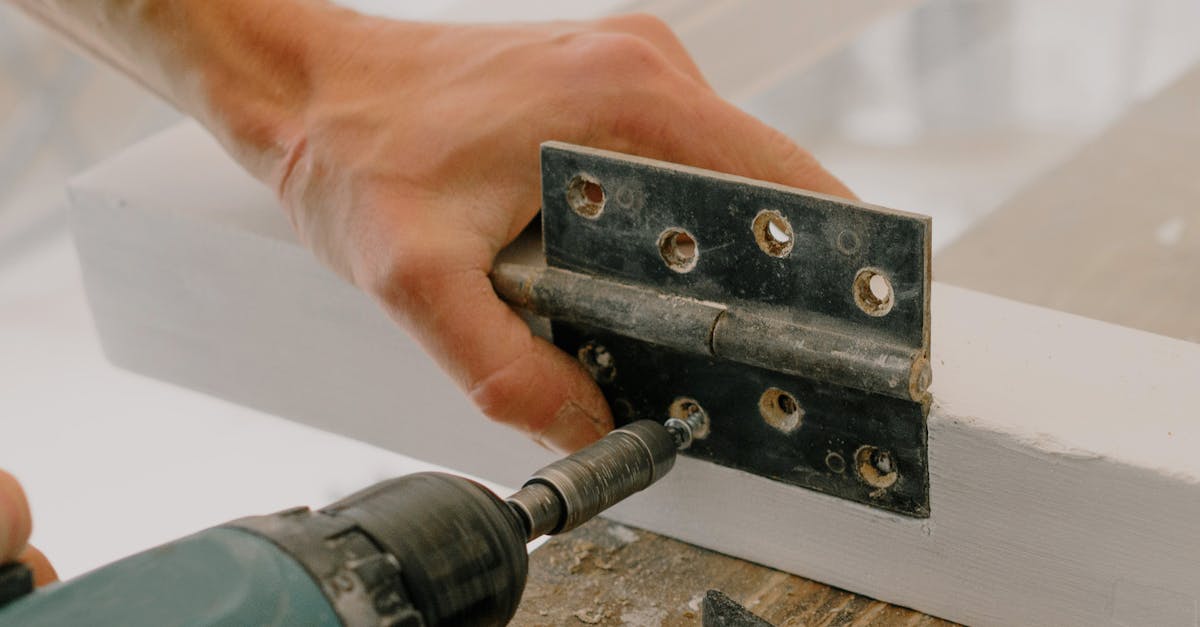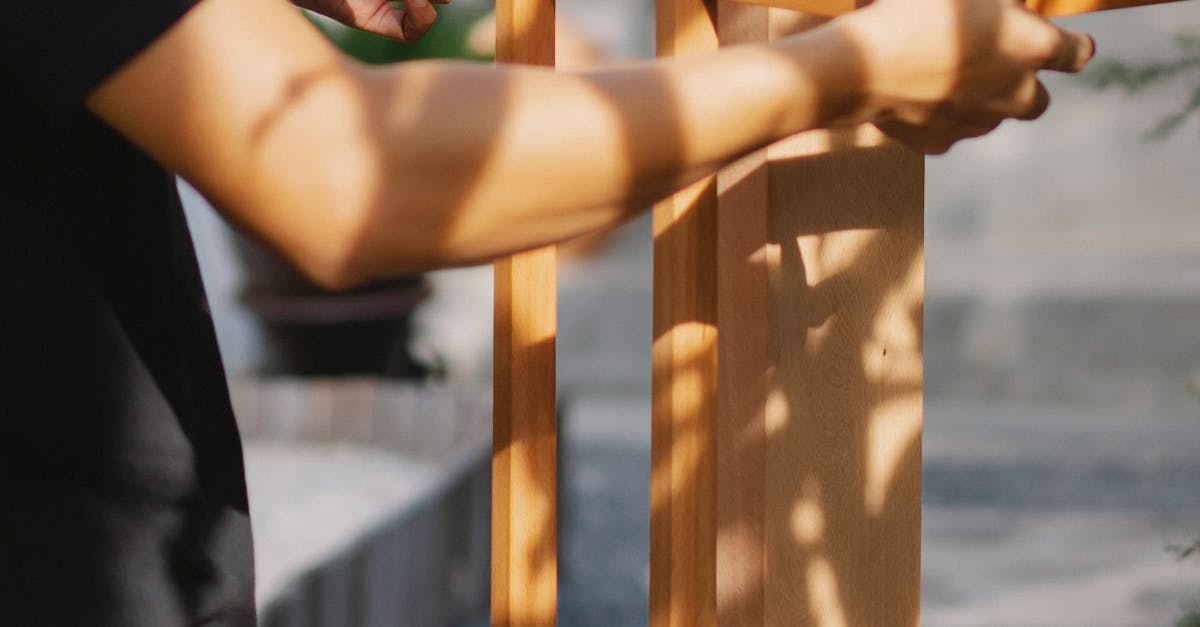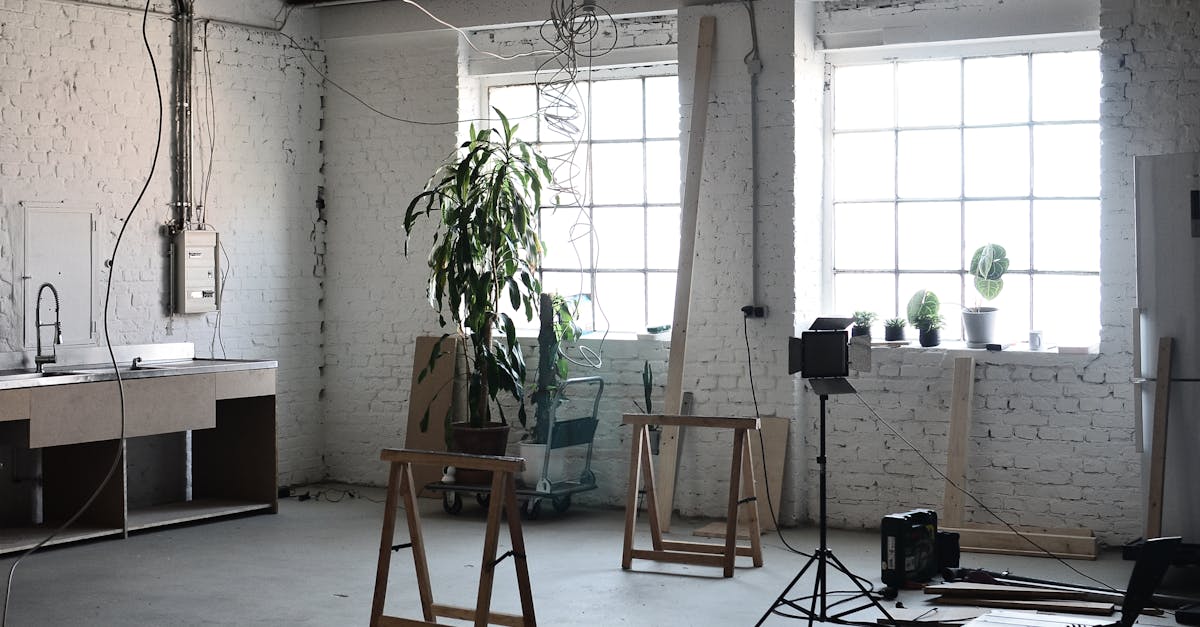
Table Of Contents
Professional Solutions
Professional solutions for root intrusion often involve contacting a plumbing expert who can assess the situation accurately. These professionals possess the necessary tools and expertise to navigate the complexities of sewer line installation and repair. Advanced techniques like hydro jetting or the use of specialised root-cutting machines can effectively eliminate persistent roots, ensuring that the sewer system functions properly. Engaging a qualified plumber can save homeowners from the potential costs of extensive damage caused by unchecked root growth.
In some cases, plumbing specialists may recommend preventive measures along with their services. Treatments that involve chemical root killers can be applied to help deter future growth. Regular inspections and maintenance are also advised to catch any issues early before they escalate into more significant problems. Overall, investing in professional services can be pivotal in maintaining the longevity and functionality of sewer systems, especially in areas prone to root invasion.
When to Call in a Plumbing Expert
If you notice consistent slow drainage or gurgling sounds in your plumbing system, it may indicate a blockage caused by tree roots. These symptoms can escalate quickly, leading to extensive damage within your sewer lines. In such cases, it is wise to consider professional assistance. Licensed plumbers have the expertise to diagnose the problem accurately and recommend appropriate solutions. Sewer line installation and repair services can effectively address root intrusions before they result in costly repairs.
Moreover, if you have attempted DIY methods to remove roots without success, seeking professional help becomes imperative. Inexperienced attempts can sometimes worsen the situation, causing additional damage to your sewer line. Professionals use advanced equipment, such as hydro-jetting and camera inspections, to comprehensively assess the damage and ensure proper clearance. Engaging these services not only protects your plumbing system but can also save you time and money in the long run.
DIY Techniques for Root Removal
For homeowners dealing with root intrusion in their sewer lines, DIY techniques can provide a practical solution. One commonly used method involves flushing the pipes with a mixture of salt and boiling water. This method works by creating an environment that is hostile to the roots, effectively weakening their grip. Regular application can help keep roots at bay, reducing the frequency of severe blockages.
Another effective approach is using a manual auger or a root cutting tool. This process involves inserting the tool into the sewer line to mechanically remove the roots. It is essential to ensure that the sewer line installation and repair is done properly to avoid further issues in the future. Homeowners should exercise caution and follow safety guidelines while using these tools, as incorrect usage can lead to more significant damage to the plumbing system.
Effective Home Remedies to Clear Roots
Many homeowners looking to tackle minor root infestations in their sewer lines may find several effective home remedies. An initial approach involves using a solution of salt and water, which can help dehydrate the roots and inhibit their growth. Pouring this mixture into the affected drain can provide a cost-effective way to manage the situation before considering professional intervention. Additionally, using baking soda followed by vinegar can create a fizzing reaction that may dislodge smaller roots and debris.
Regular maintenance of the sewer lines can also help prevent roots from becoming a significant issue. Homeowners can benefit from clearing their drains with boiling water occasionally, as the heat can aid in detaching problematic roots. Keeping trees and large plants at a suitable distance from sewer line installation and repair sites is essential for long-term mitigation. These preventative measures create an environment less conducive to root intrusion, saving time and money in the long run.
Cost Implications
The financial implications of root intrusion in sewer lines can vary significantly depending on the extent of the damage. Severe blockages or breaks may require extensive excavation and replacement of the sewer line. This not only results in high repair costs but can also lead to additional expenses related to landscaping and restoration of the affected area. Moreover, if the problem is not addressed promptly, it could escalate, leading to health hazards and more costly remediation efforts.
Sewer line installation and repair entails more than just the immediate costs of fixing the blockage; ongoing maintenance should also be factored in. Regular inspections and preventative measures can prevent root intrusions from becoming a recurrent issue, ultimately saving homeowners money in the long run. Investing in professional solutions alongside DIY techniques can provide a balanced approach to minimising expenses associated with sewer line problems caused by tree roots.
Understanding the Expenses Related to Root Damage
Root intrusion in sewer lines can lead to significant financial implications for homeowners. While the initial signs of blockage might seem minor, the hidden damages caused by roots can escalate quickly. Emergency repairs often involve more than just clearing the blockage; extensive excavation may be required to replace damaged sections. This not only involves the cost of materials but also the labour for sewer line installation and repair, which can add up to a considerable amount.
Preventative maintenance is essential to mitigate these costs. Regular inspections can identify potential issues before they worsen, allowing for timely interventions that are generally more affordable than major repairs. Homeowners may also consider investing in root barriers or using specialised treatments as part of their maintenance routine. These proactive measures can extend the life of their sewer systems while lowering the chances of incurring hefty repair bills due to root damage.
FAQS
How common are roots in sewer lines?
Roots in sewer lines are quite common, especially in areas with older plumbing systems or in locations where trees and plants are prevalent. They tend to grow towards moisture, making sewer lines an attractive target.
What are the signs that tree roots are affecting my sewer line?
Common signs include slow draining sinks or toilets, gurgling sounds in plumbing, and sewage backups. If you notice any of these issues, it may indicate root intrusion in your sewer lines.
Can I prevent roots from invading my sewer lines?
Yes, preventive measures include planting trees and shrubs away from sewer lines, using root barriers, and regularly maintaining your plumbing system to identify any potential issues early.
Is it safe to use chemical root killers in my sewer lines?
While chemical root killers can be effective, they should be used with caution. They can harm beneficial bacteria in your sewer system and may not be suitable for all plumbing types. Consulting a plumbing expert is advisable.
How much does it typically cost to remove roots from sewer lines?
The cost can vary depending on the extent of the root damage and the methods required for removal. On average, professional root removal can range from a few hundred to several thousand dollars, depending on the severity of the issue.
